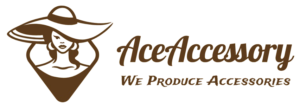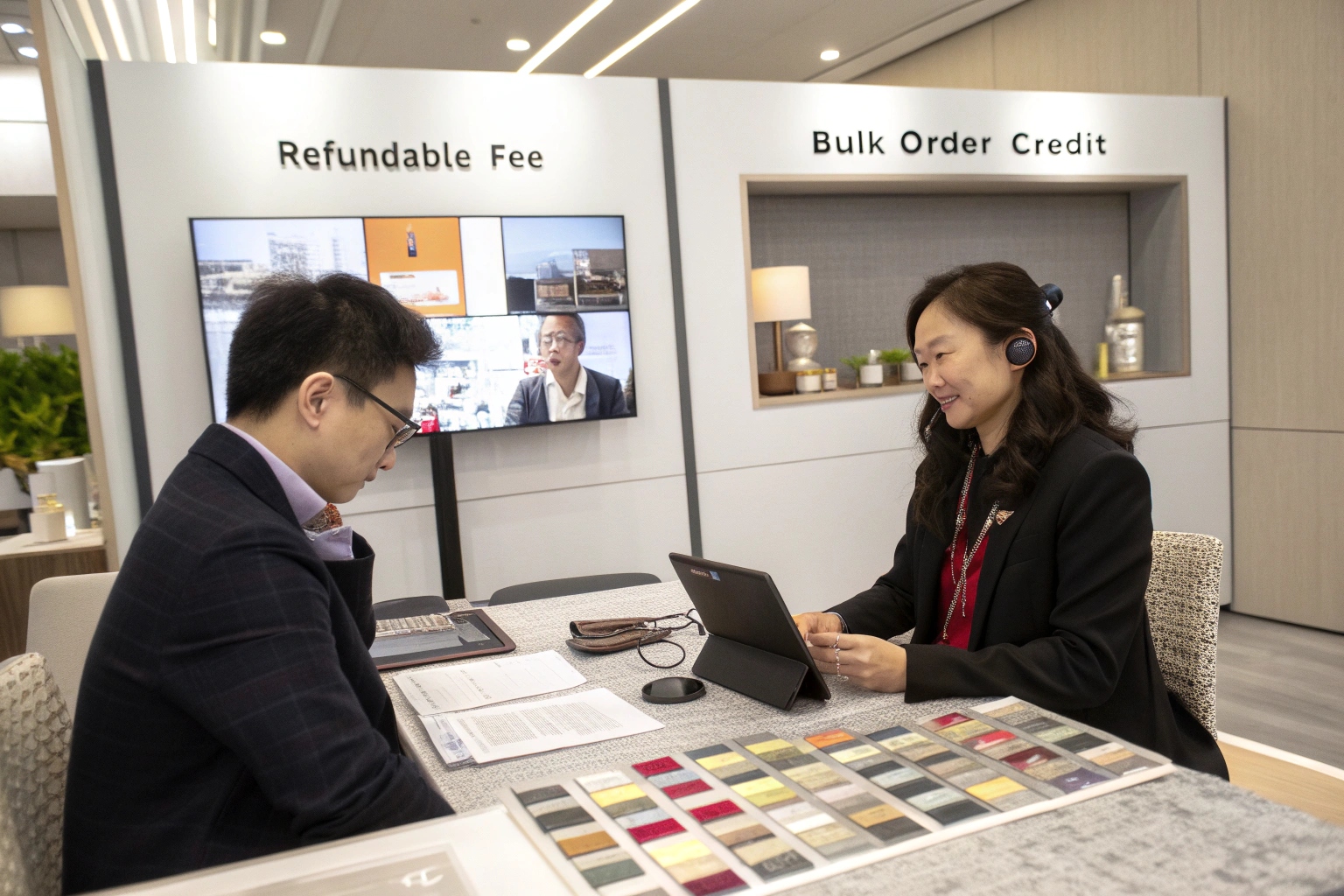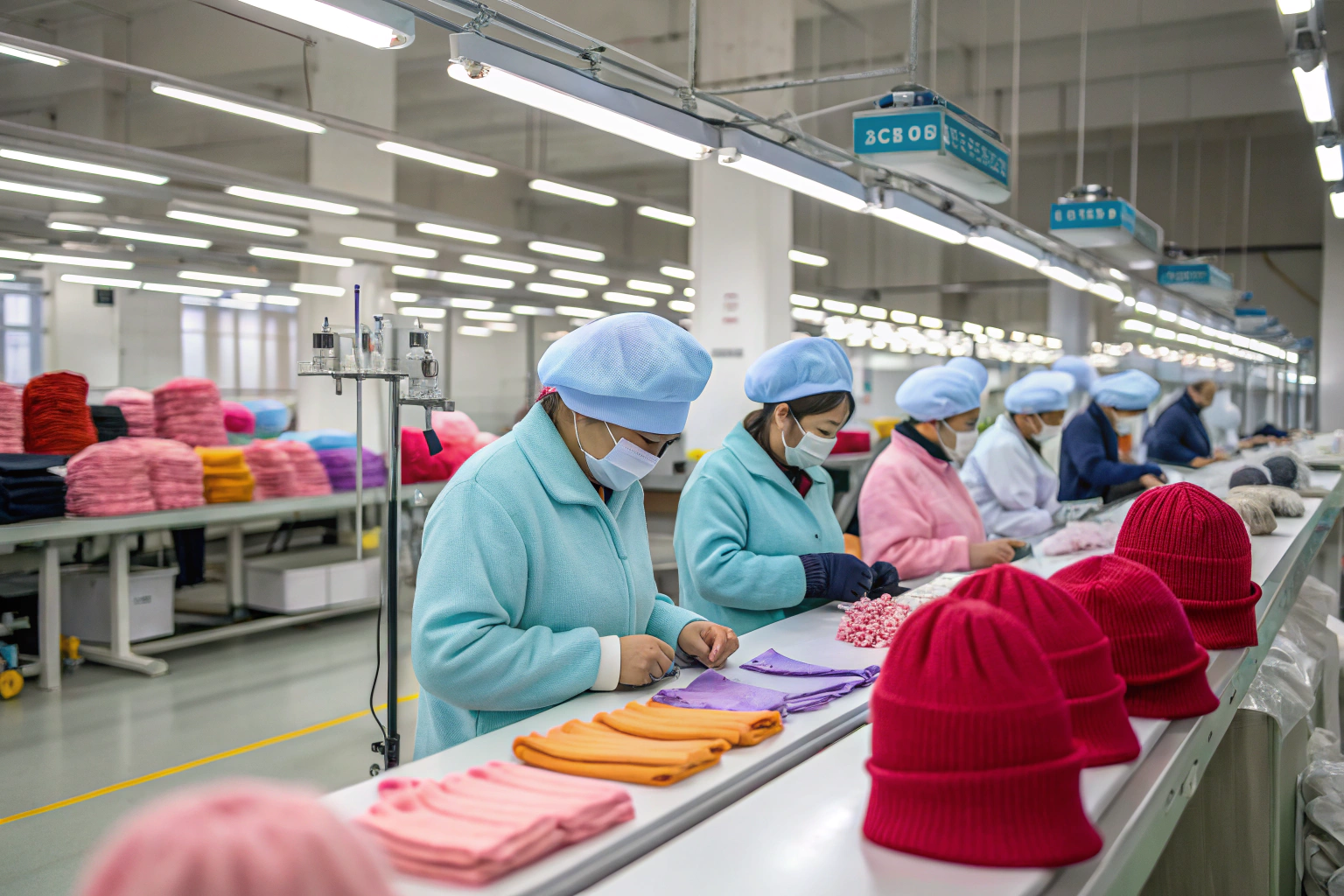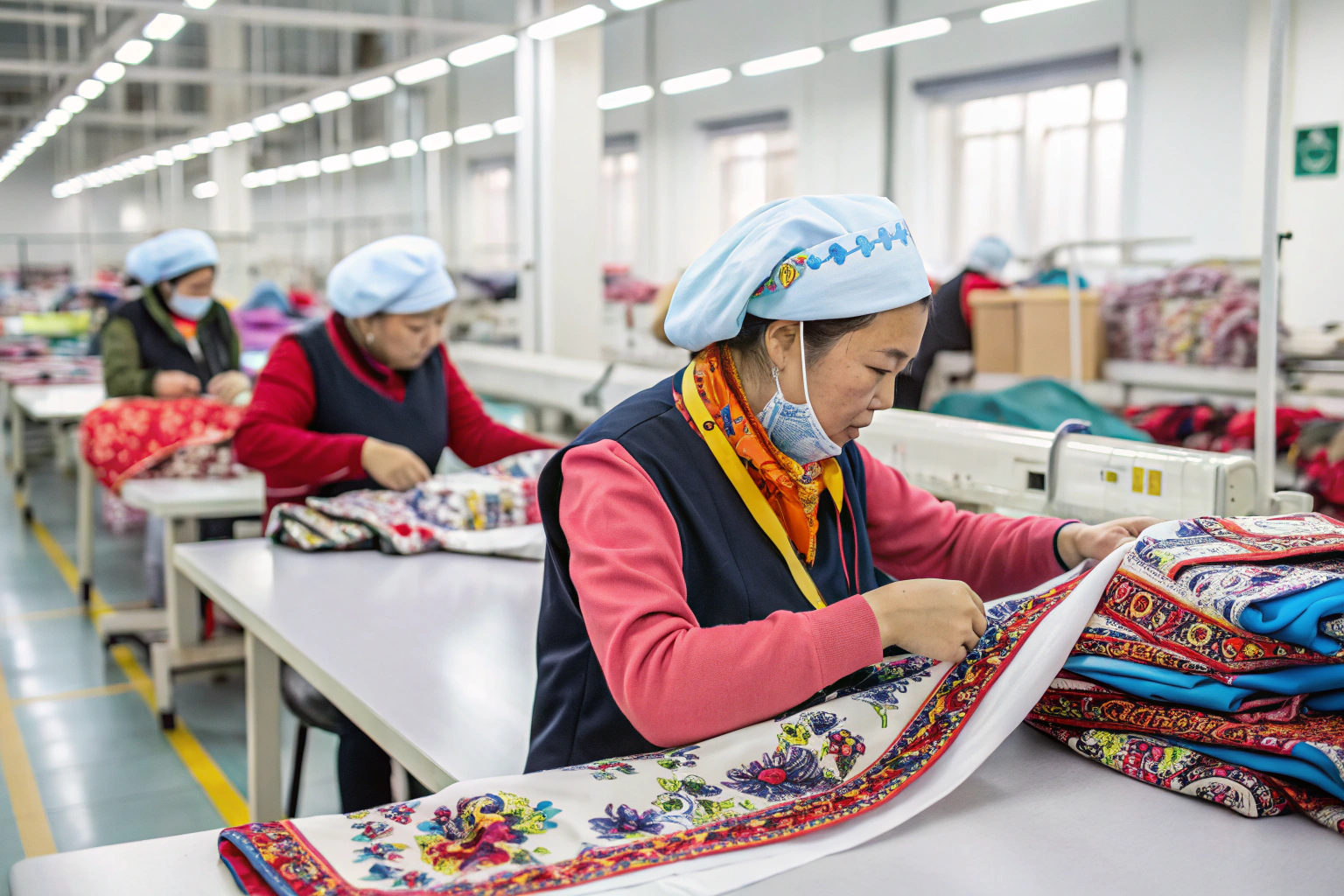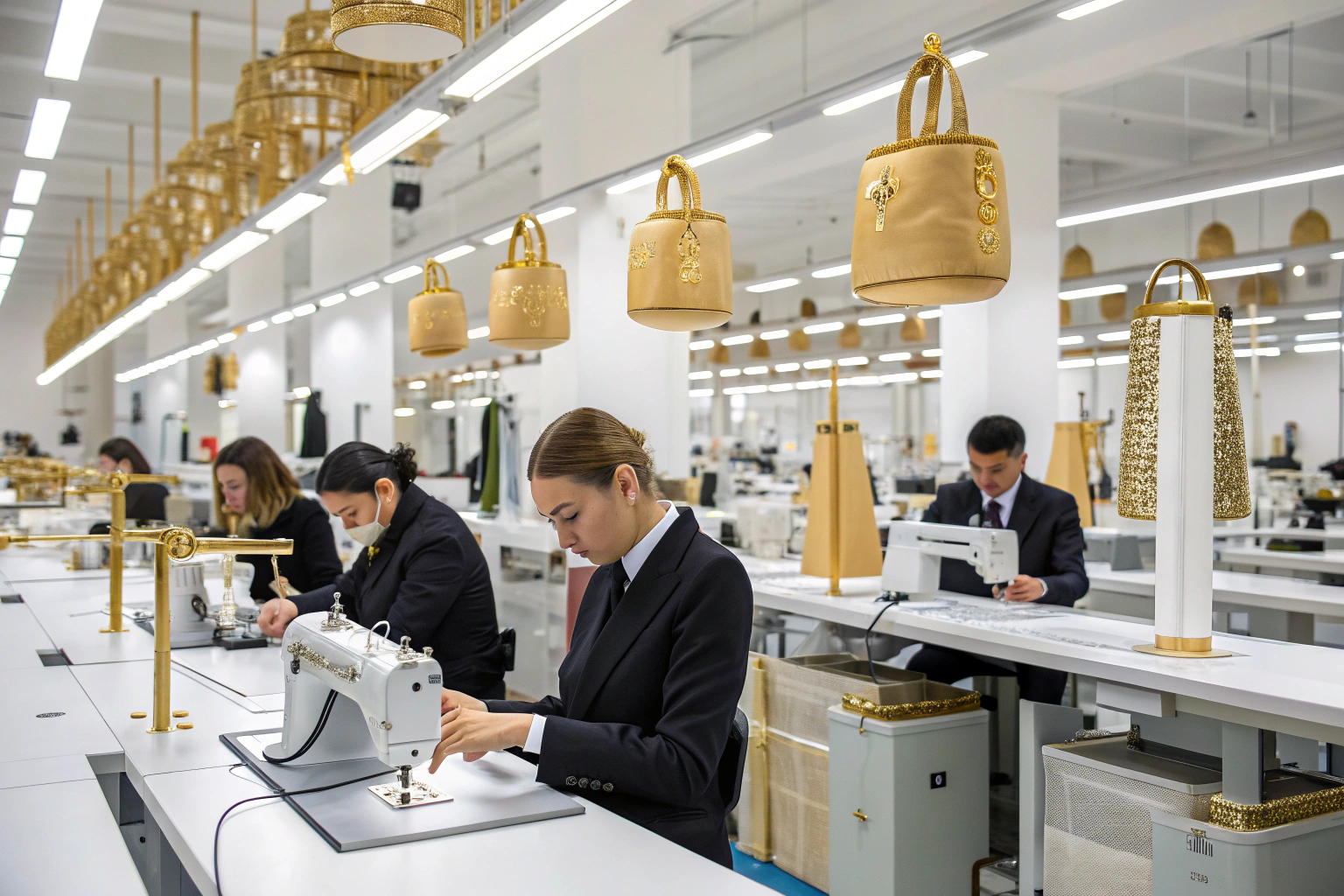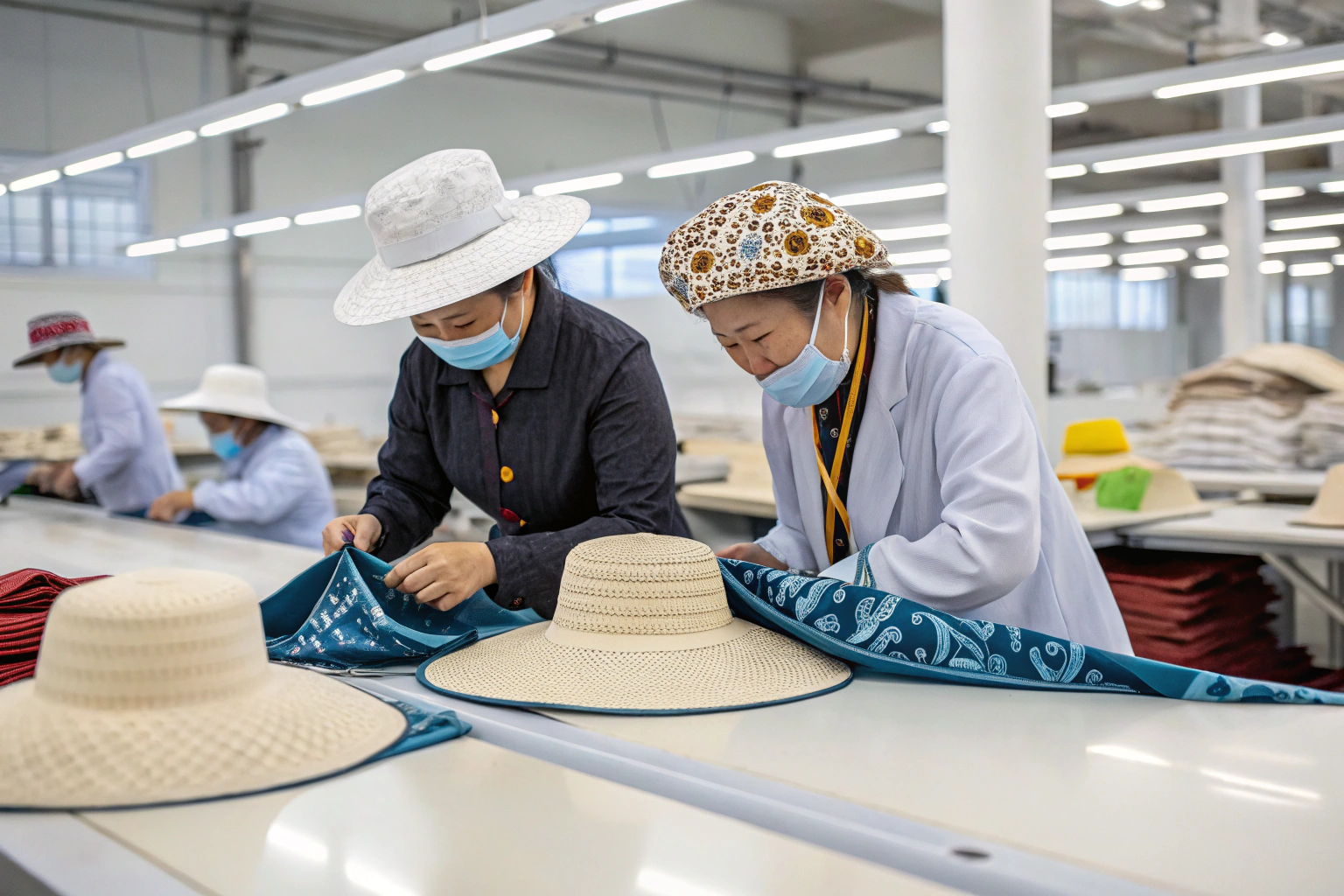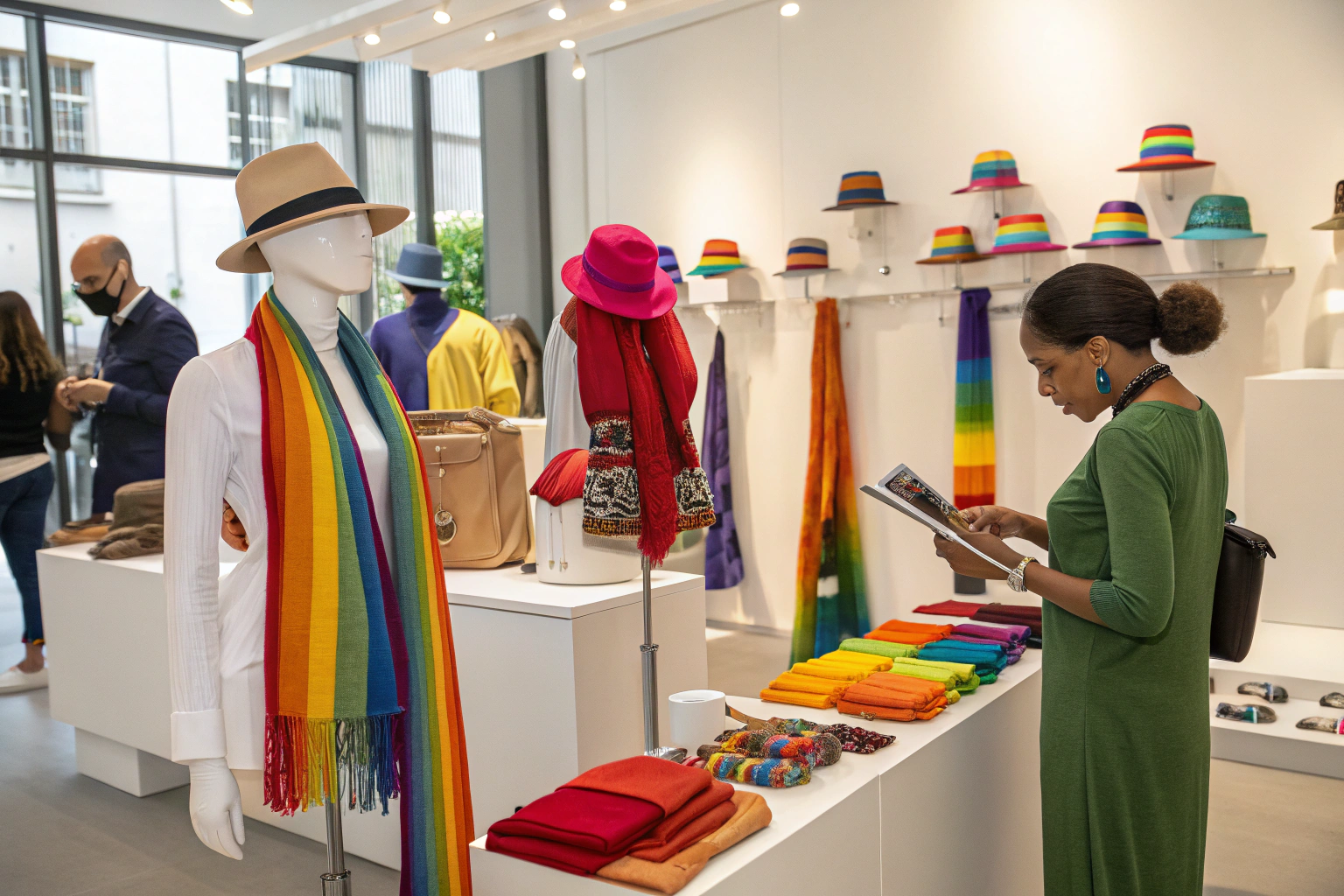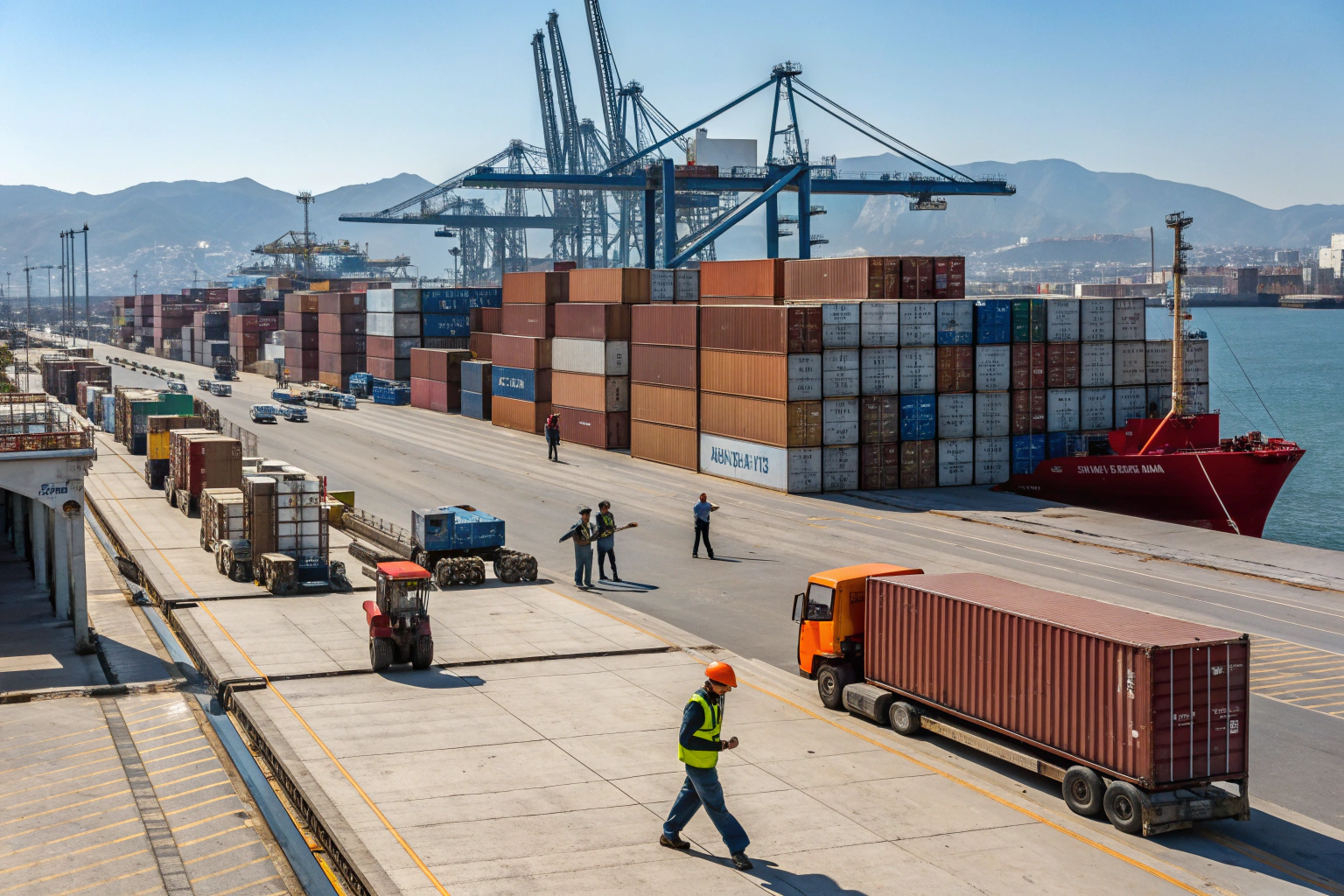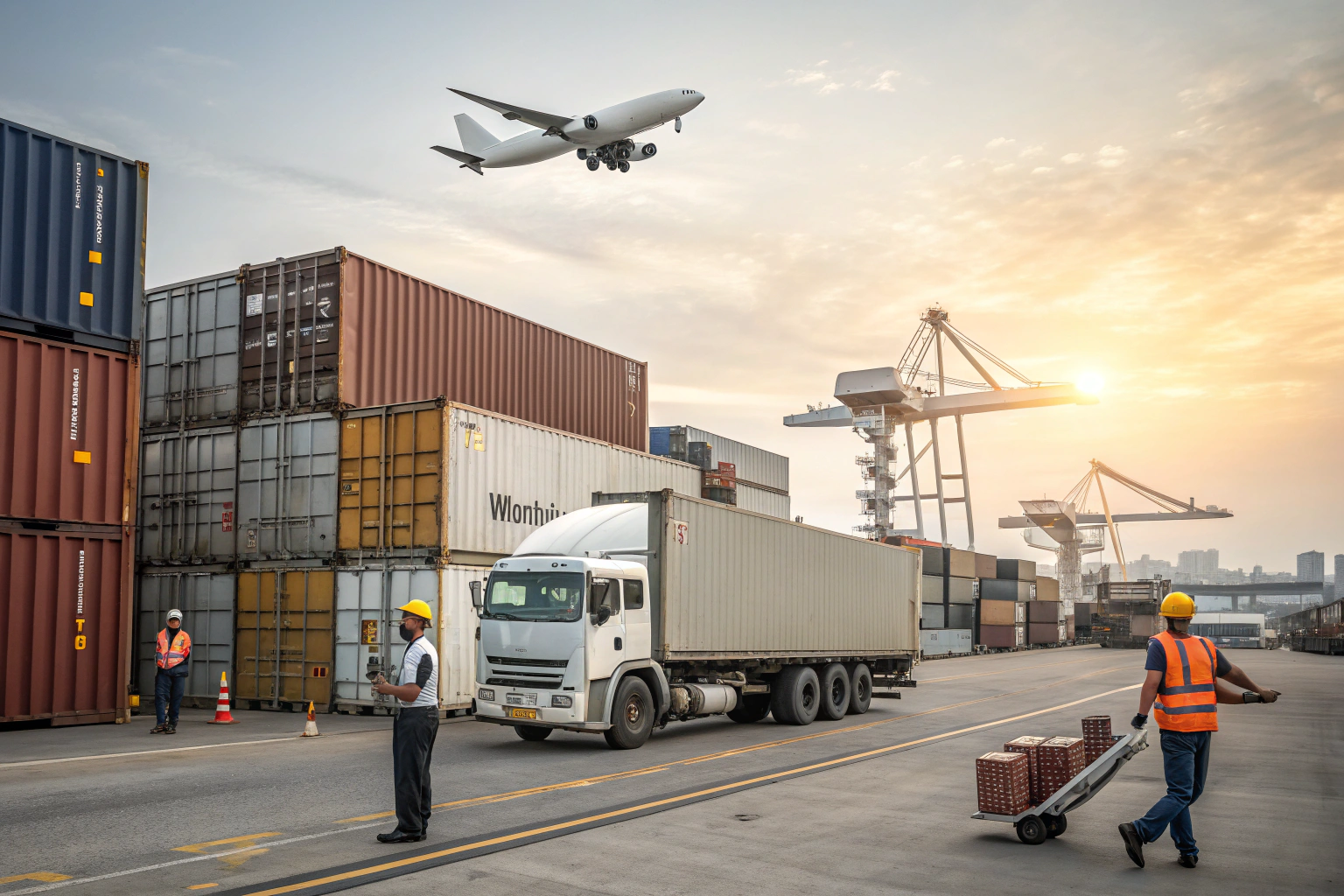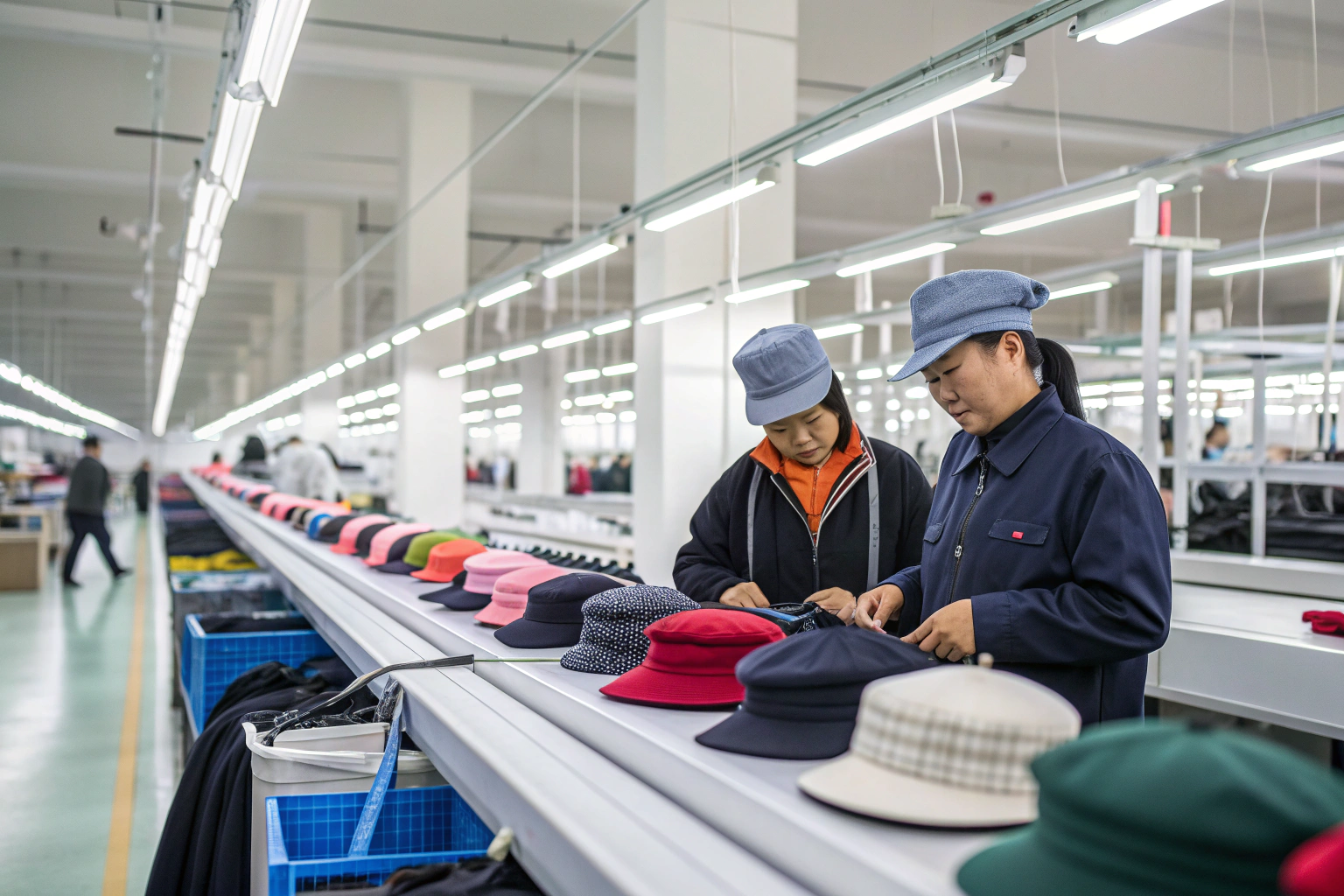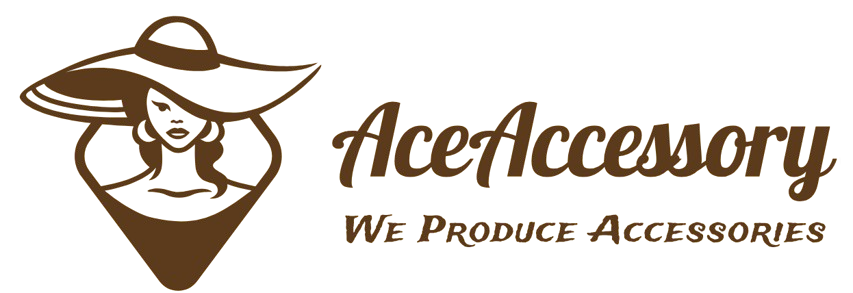Samples are essential when sourcing from China. But for many importers, sample fees and shipping charges can quickly add up—especially if you're dealing with multiple suppliers.
To manage sample costs and logistics from China, you should negotiate refundable sample terms, consolidate shipping, use sourcing agents strategically, and choose suppliers with in-house sample teams to lower both time and cost.
At AceAccessory, we help clients reduce sample expenses and avoid costly mistakes in freight. Here’s a practical guide based on real experience.
How can I reduce shipping costs from China?
Shipping samples isn’t the same as shipping bulk. You’re often paying high courier fees for small packages, but there are smart ways to lower the bill.
To reduce shipping costs from China, consolidate samples, use slower courier options for non-urgent items, ask suppliers to use their express accounts, or coordinate with your freight forwarder to include samples with larger shipments.
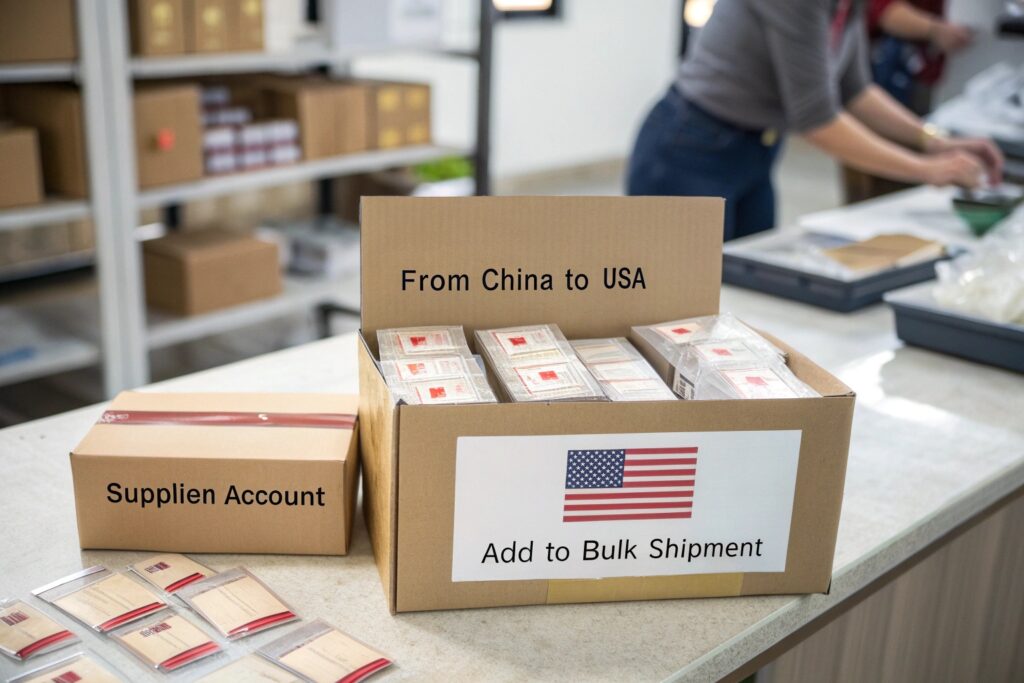
Sample Shipping Methods Compared
| Shipping Method | Speed | Cost Level | Best For |
|---|---|---|---|
| DHL / FedEx Express | 3–5 days | $$$ | Urgent product development |
| EMS / China Post | 7–14 days | $$ | Budget-conscious sampling |
| Freight Consolidator | 10–20 days | $ | Combining samples into 1 box |
| Include with Cargo | Matches cargo | $ | For regular importers |
We often suggest clients batch samples—instead of getting 5 shipments from 5 factories, let a local sourcing agent or supplier like us gather all and ship once.
For example, we recently helped a Canadian client receive 12 different accessory samples in a single 3.2kg parcel—saving over $150 in express costs.
Other sample shipping cost-saving tips:
- Use the supplier’s FedEx or DHL account with your name as receiver—they often get lower corporate rates.
- Avoid large packaging—ask suppliers to minimize box volume.
- For non-urgent tests (e.g., colors or labels), use postal mail or even photos + videos before final sample is sent.
How to do sourcing from China?
Sourcing isn't just finding products online. It’s about finding the right supplier, testing the quality, and managing logistics smoothly.
To source from China effectively, research potential suppliers on trusted platforms, request samples, verify factory credentials, and compare production timelines, MOQs, and payment terms before committing.
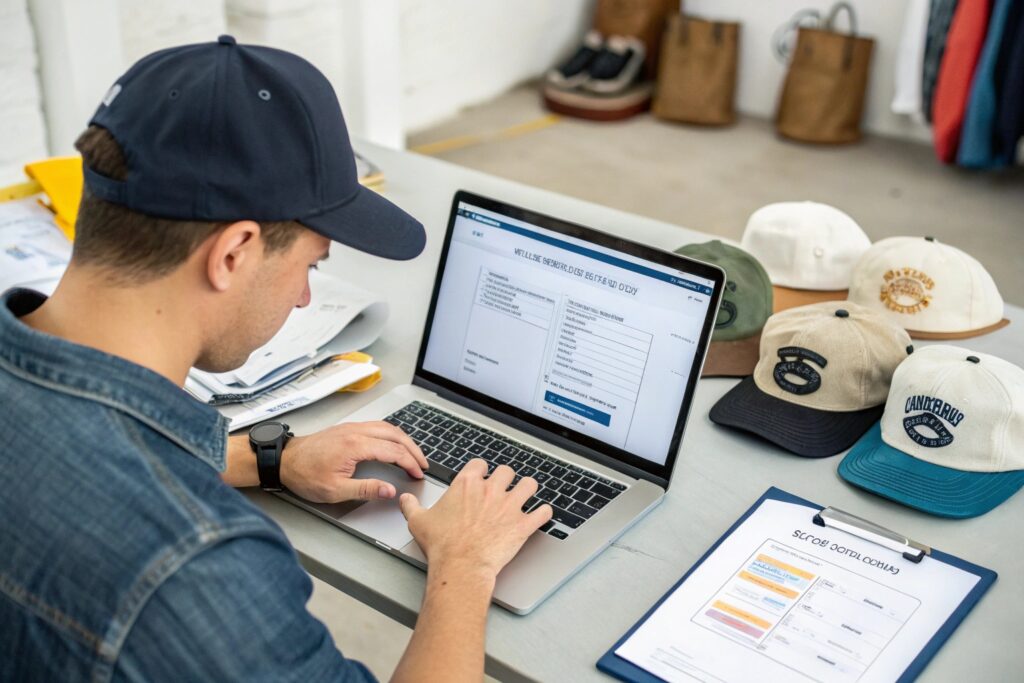
Step-by-Step Sourcing Checklist
| Step | What You Should Do |
|---|---|
| Define product specs | Material, dimensions, packaging |
| Identify suppliers | Use Alibaba, trade shows, referrals |
| Request quotes + samples | Check MOQs, pricing, delivery terms |
| Verify supplier credentials | Ask for licenses, certifications, videos |
| Order samples strategically | Shortlist top 2–3, test product quality |
| Analyze costs | Total landed cost + defects or freight |
| Negotiate production details | Timeline, revisions, QC, payment method |
We always encourage clients to go beyond email. A quick video call with the factory builds trust and often gives better access to decision-makers for price and timeline negotiation.
At AceAccessory, we also help clients compare multiple sample results side-by-side and document them in PDF reports with defects, logo accuracy, color notes, and measurements—especially helpful when choosing a long-term supplier.
What percentage of logistics cost is taken in China?
You may not realize it, but a large portion of total logistics expense is on the China side—especially for sample shipments and small volume orders.
In many orders, logistics costs within China (including inland transport, warehousing, customs prep) account for 30%–50% of total sample shipping cost, particularly for small or express shipments.
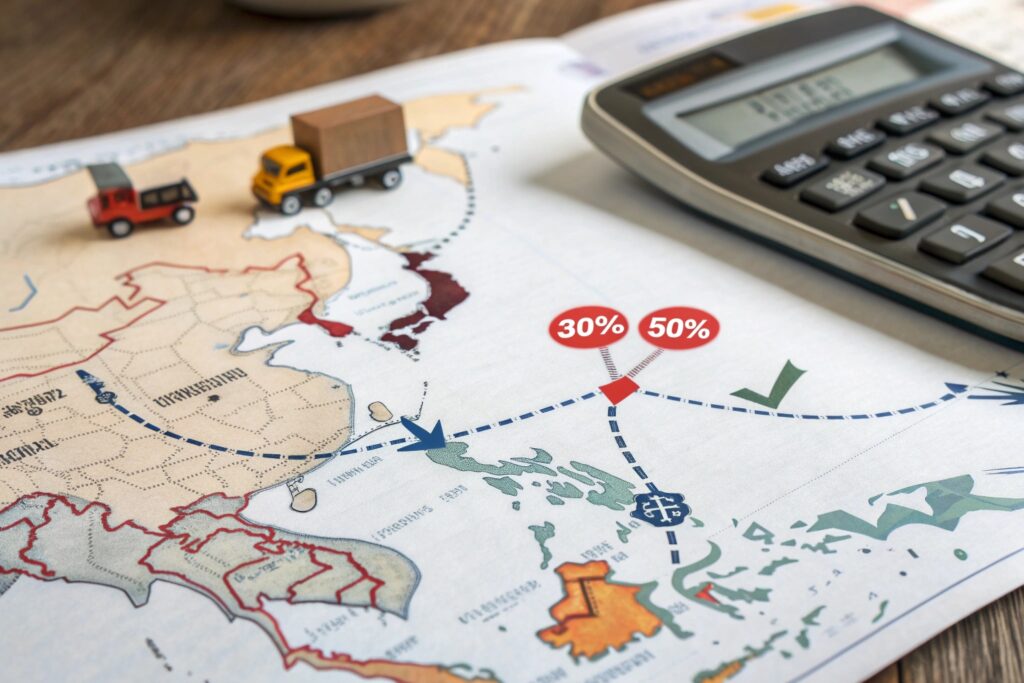
Typical Logistics Cost Breakdown for Samples
| Expense Item | Percentage of Total Sample Cost |
|---|---|
| Courier fee (DHL/UPS etc.) | 40%–60% |
| Local pick-up/transport | 10%–20% |
| Packing materials/labor | 5%–10% |
| Export processing | 5%–10% |
| Handling or consolidation | 10%–20% |
Some suppliers even add a markup on sample shipping. Always ask:
- “Can you share your express invoice?”
- “Can I use your account and pay the shipping separately?”
- “Can I consolidate with another buyer’s cargo?”
At AceAccessory, we don’t profit from sample shipping. We pass on the invoice as-is and even offer weekly consolidated boxes for clients who want to test 3–5 SKUs from different categories.
How much do Chinese sourcing agents charge?
If you’re sourcing multiple accessories or don’t speak Chinese, working with a sourcing agent can save time. But it comes at a price.
Chinese sourcing agents usually charge 3%–10% of the order value as their fee, depending on order size, complexity, and services included (like factory search, sampling, QC, shipping coordination).
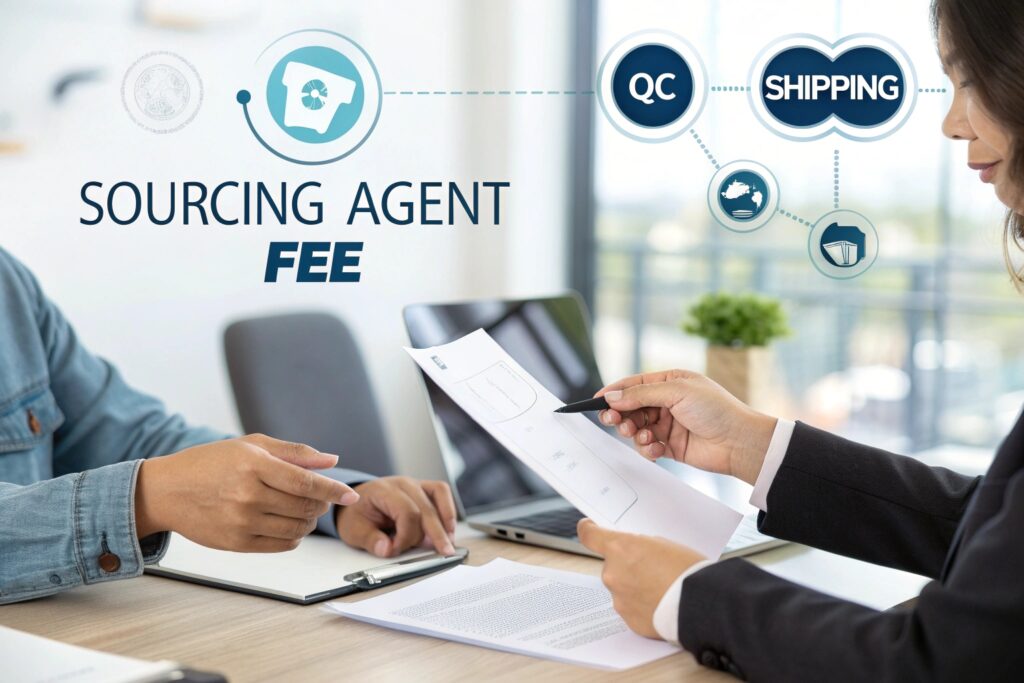
Common Sourcing Agent Fee Structures
| Fee Model | Description |
|---|---|
| Commission (3%–10%) | Based on PO amount |
| Flat project fee | One-time payment (e.g., $200) for sourcing support |
| Monthly retainer | For large brands needing full-time help |
| Service add-ons | Charged per factory visit, sample collection, etc. |
Good agents should offer:
- Factory shortlisting and contact
- Help with sample collection and testing
- Basic translation during calls or emails
- Inspection and order tracking
- Freight advice or forwarder coordination
But be cautious. Some agents work with specific factories for commission—so you may not get the best supplier, just their friend.
We work as direct manufacturers, not agents. But we often help buyers with factory verifications, supplier comparisons, and consolidated sampling for our categories—free of charge if the client ends up producing with us.
Conclusion
Managing sample costs and logistics from China is all about smart planning. Consolidate shipments, use trusted couriers, negotiate sample terms, and choose factories that offer production + logistics support. That’s how you save both time and budget.
